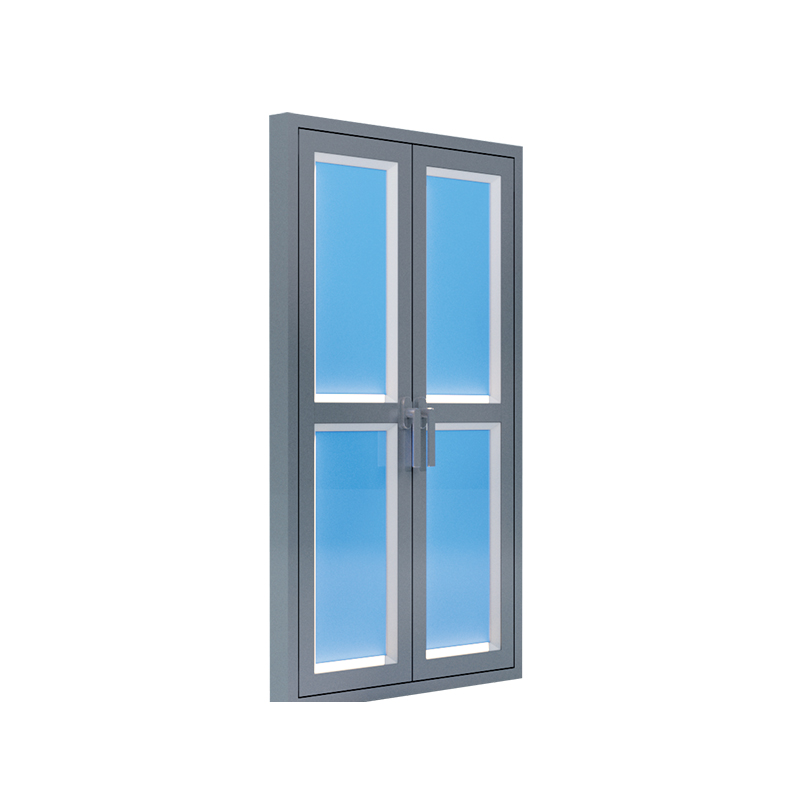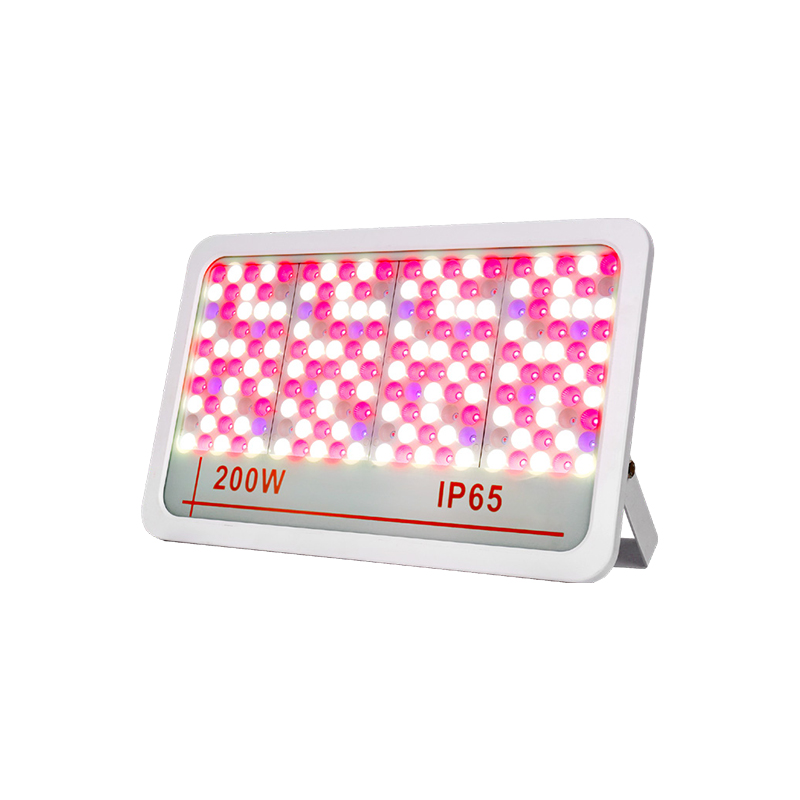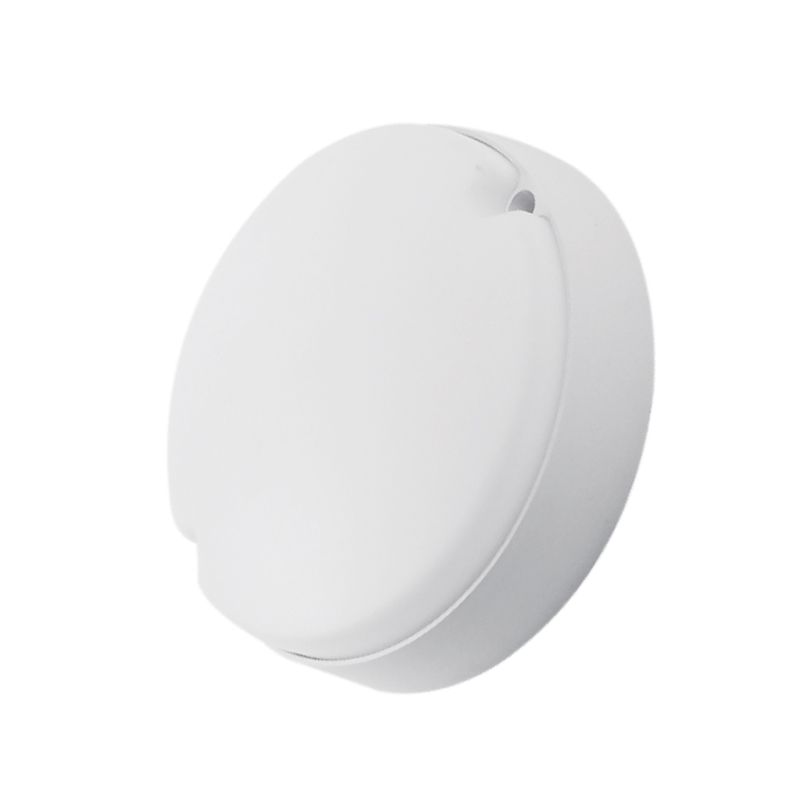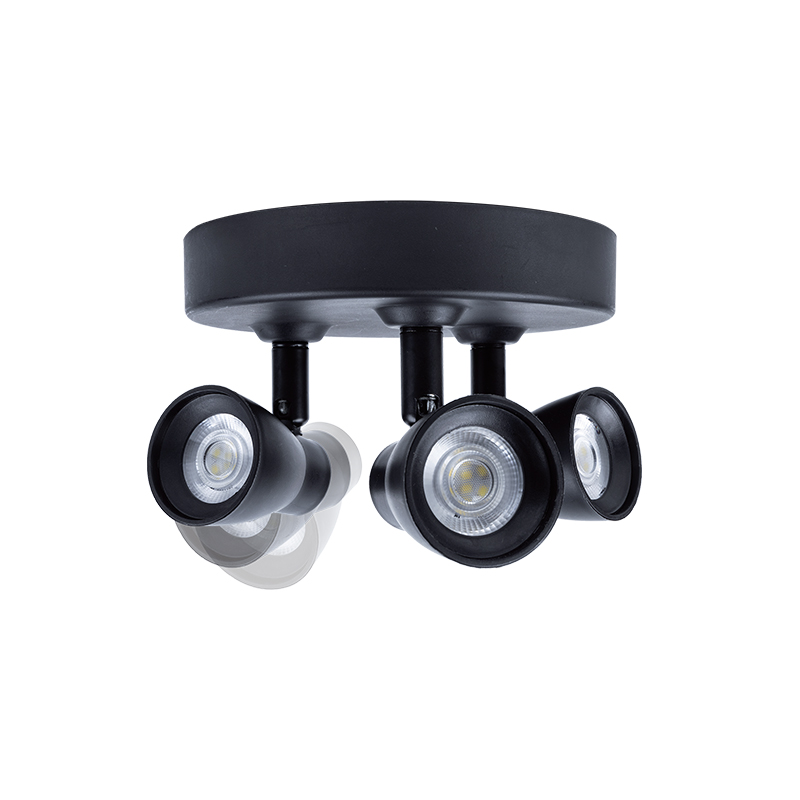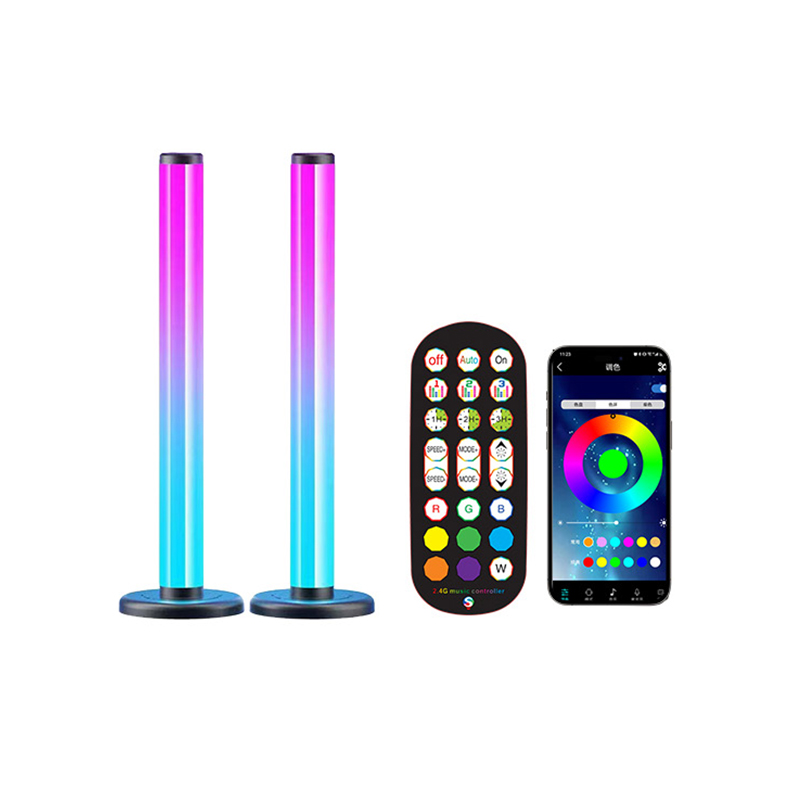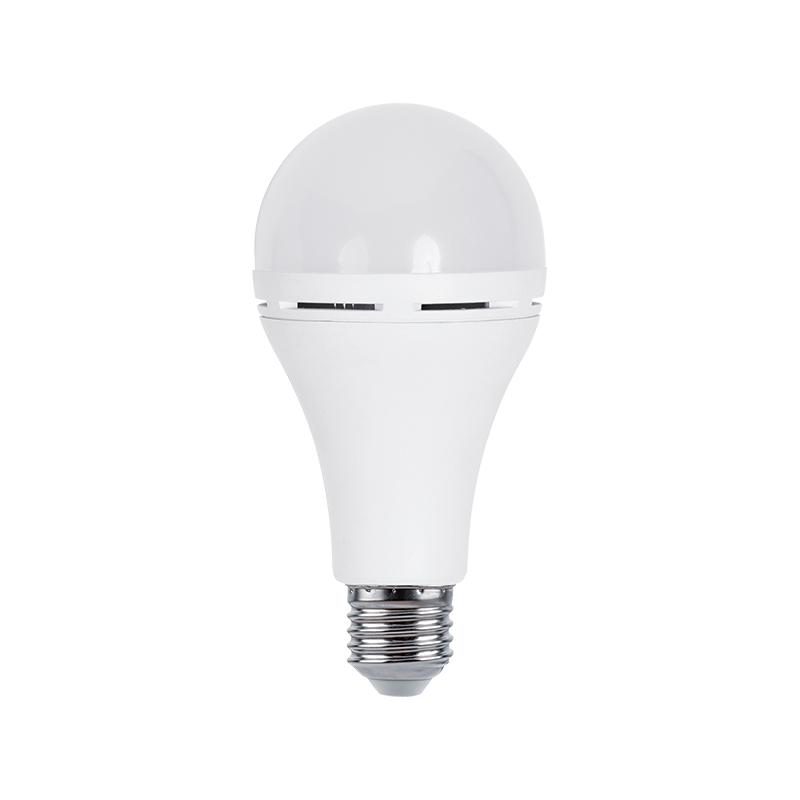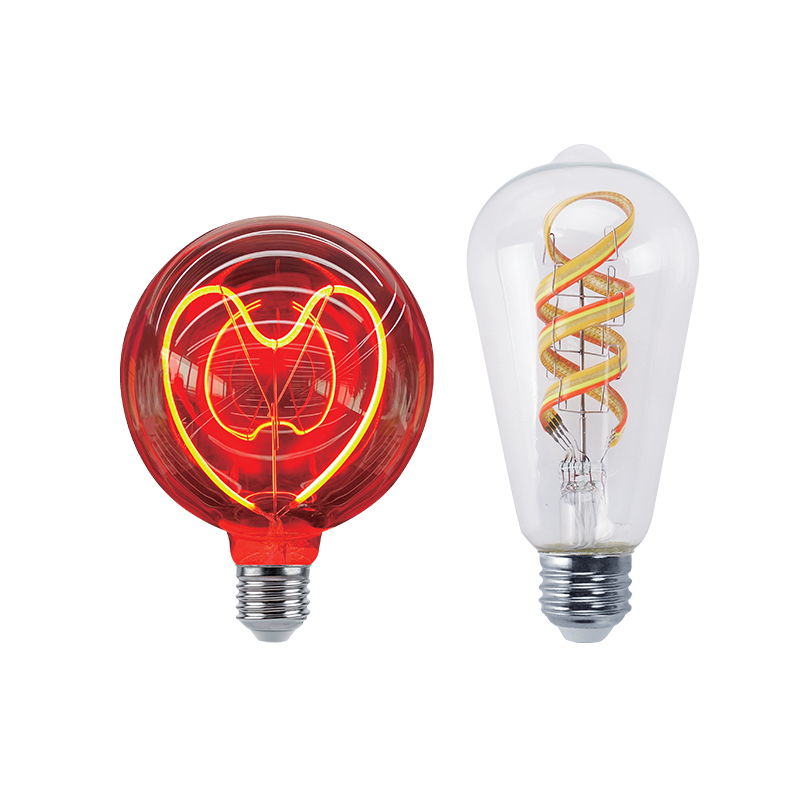We sincerely look forward to establishing a long-term development partnership with you with good quality and professional services.
1. Heat dissipation design and luminous efficiency
The core of LED Flood Light lies in its light-emitting diode (LED) chips, which will inevitably generate heat in the process of converting electrical energy into light energy. If the heat cannot be dissipated in time, the operating temperature of the LED chip will increase. Under high temperature conditions, the light output efficiency of the LED will drop significantly. This is because as the temperature rises, the carrier concentration and mobility inside the LED will decrease, thereby reducing the number and efficiency of photon emission. A good heat dissipation design can keep the LED chip at a lower operating temperature, thereby maintaining its high luminous efficiency.
Specifically, the heat dissipation design effectively conducts the heat generated by the LED chip to the external environment by increasing the heat dissipation area, optimizing the heat dissipation path, and using high thermal conductivity materials. Using aluminum heat dissipation fins as part of the shell can significantly increase the heat dissipation area and improve the heat dissipation efficiency. Thermally conductive plastic shells, air fluid dynamics heat dissipation, fan heat dissipation, and heat pipe heat dissipation technology are also common heat dissipation methods. These designs ensure that the heat generated by the LED chip during operation can be quickly dissipated, thereby maintaining its efficient light emission.
2. Heat dissipation design and color stability
The color stability of LED floodlights is also one of the important indicators of their performance. The stability of color is affected by the operating temperature of the LED chip. When the temperature rises, the emission wavelength of the LED will drift, resulting in changes in color temperature and color coordinates. This change not only affects the consistency of the lighting effect, but may also affect people's visual comfort and color perception.
Good heat dissipation design helps to maintain the stability of its emission wavelength by controlling the operating temperature of the LED chip. At a stable temperature, the emission wavelength of the LED will not change significantly due to temperature fluctuations, thus ensuring the stability of the color. This is especially important for lighting applications that require high-precision color control, such as artistic lighting, museum lighting, etc.
3. Heat dissipation design and service life
The service life of LED floodlights is closely related to its operating temperature. High temperature will accelerate the aging process of LED packaging materials, resulting in a decrease in the performance of the packaging materials, which in turn affects the reliability and service life of the LED. High temperature may also cause corrosion and fracture of the metal electrodes and connection layers inside the LED chip, further shortening the service life of the LED.
Through reasonable heat dissipation design, the operating temperature of the LED chip can be reduced, thereby slowing down the aging of the packaging materials and extending the service life of the LED. The use of efficient heat dissipation materials and structures can significantly improve the heat dissipation efficiency of LEDs and reduce their operating temperature. Heat dissipation design can also reduce thermal stress caused by temperature fluctuations and protect the metal electrodes and connection layers inside the LED chip from damage.
4. Heat dissipation design and overall reliability
The overall reliability of LED floodlights depends not only on the quality of the LED chip itself, but also on the heat dissipation design. Under high temperature conditions, LED packaging materials may deform and expand, resulting in increased stress inside the package. This stress may cause cracking and falling of the packaging material, which in turn affects the reliability and stability of the LED.
Good heat dissipation design helps reduce stress accumulation inside the package by controlling the operating temperature of the LED chip. At a stable temperature, the packaging material is not prone to deformation and expansion, thereby maintaining its original mechanical properties and reliability. Heat dissipation design can also improve the adaptability of LEDs to changes in ambient temperature and enhance their impact and seismic resistance.

 English
English Español
Español Deutsch
Deutsch